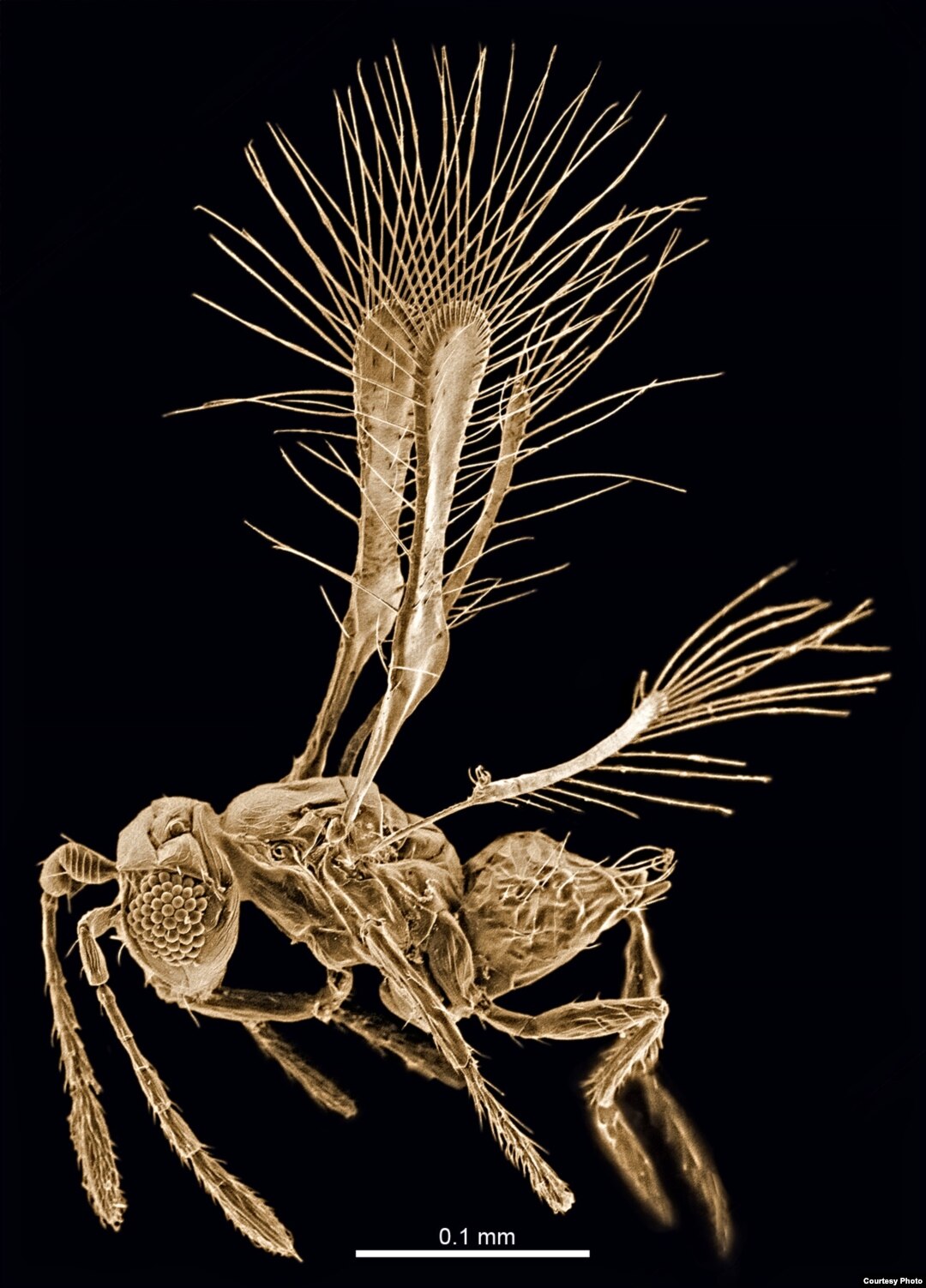Top 10 New Species 2014

Davide Necchi of Iceland captured this great brightness and quick development of aurora late August.

Living in complete darkness some 900-plus meters below the surface in the Lukina Jama-Trojama caves of western Croatia, the domed land snail lacks eyes, and has no shell pigmentation, giving it a ghost-like appearance. Even by snail standards, it moves slowly, creeping only a few millimeters or centimeters a week. (Jana Bedek)

Found in rooms where spacecraft are assembled, this microbial species could potentially contaminate other planets that the spacecraft visit. It can tolerate extreme dryness; wide ranges of pH, temperature and salt concentration; and exposure to UV light or hydrogen peroxide. It was independently collected from so-called clean rooms in Florida and 4000 km away, in French Guiana. (Leibniz-Insitute DSMZ and Jet Propulsion Laboratory, California Institute of Technology)
This 4-5 cm single-celled amoeba from the Mediterranean Sea gathers pieces of silica spicules, which are actually sponge fragments, from its surroundings and uses them like so many Lego blocks to construct a shell. It ends up looking much like a carnivorous sponge as well as feeding like one. (Manuel Maldonado)
With longer limbs, a more slender body and larger eyes than others of its species, the leaf-tailed gecko has a mottled coloration along with its extremely wide tail that allows it to blend in with its surroundings. Native to rain forests and rocky habitats in Australia, this gecko waits for prey on the vertical surfaces of rocks and trees. (Conrad Hoskin)
Distinguished by the bright orange color it displays when produced in colonies, this fungus – described in a Dutch journal - was named as a tribute to the Dutch royal family, specifically His Royal Highness the Prince of Orange. The newcomer was isolated from soil in Tunisia. (Cobus M. Visagie)
The skeleton shrimp, the smallest in the genus, was identified from among specimens originally collected from a cave on an island off the coast of Southern California. The new species has an eerie, translucent appearance that makes it resemble a bony structure. (SINC)
It is not clear how the ANDRILL sea anemone withstands the harsh conditions under a glacier on the Ross Ice Shelf in Antarctica. The 2.5 centimeter creatures were discovered when the Antarctic Geological Drilling Program (ANDRILL) sent a remotely operated submersible vehicle into holes that had been drilled into the ice. (SCINI/Marymegan Daly)
Beautiful, soft, sword-shaped leaves with white edges and cream-colored flowers with bright orange filaments are the hallmarks of the dragon tree, which can grow to 12 meters in height. It is found in the limestone mountains of Thailand and may also be found in nearby Burma. (Paul Wilkin)
The olinguito resembles a cross between a slinky cat and a wide-eyed teddy bear, and lives in the cloud forests of the Andes mountains in Colombia and Ecuador. It is the first new carnivorous mammal described in the Western Hemisphere in 35 years. (Mark Gurney/ CC BY 3.0)

